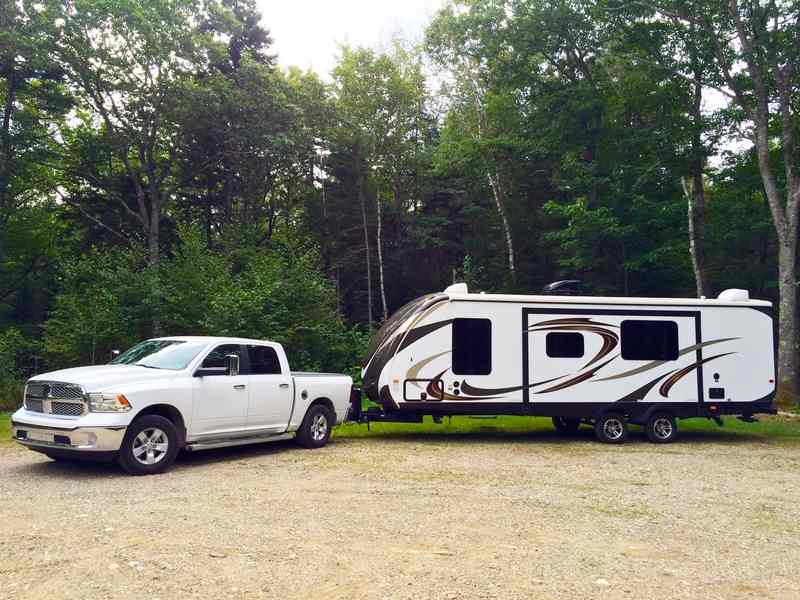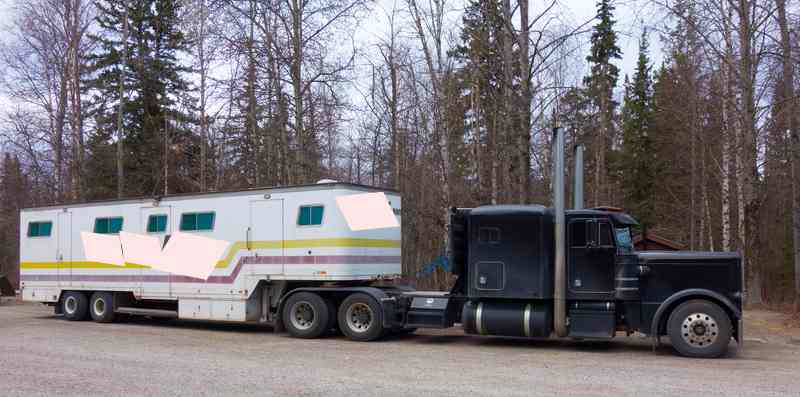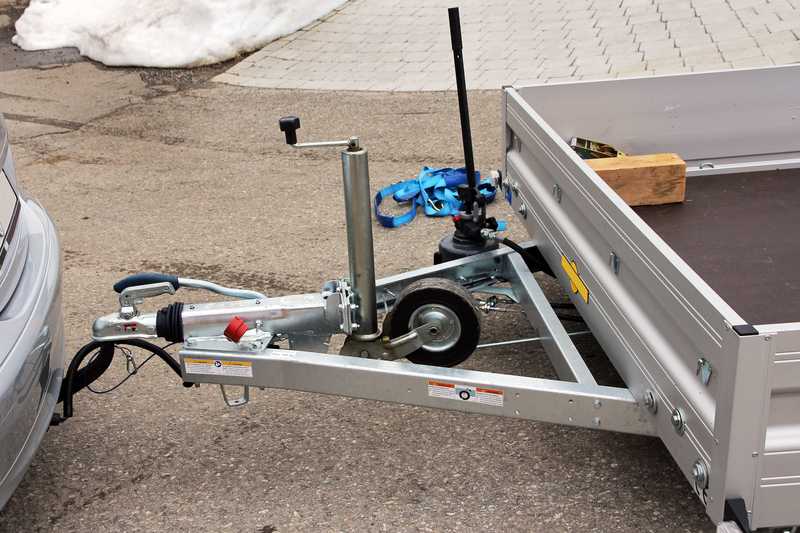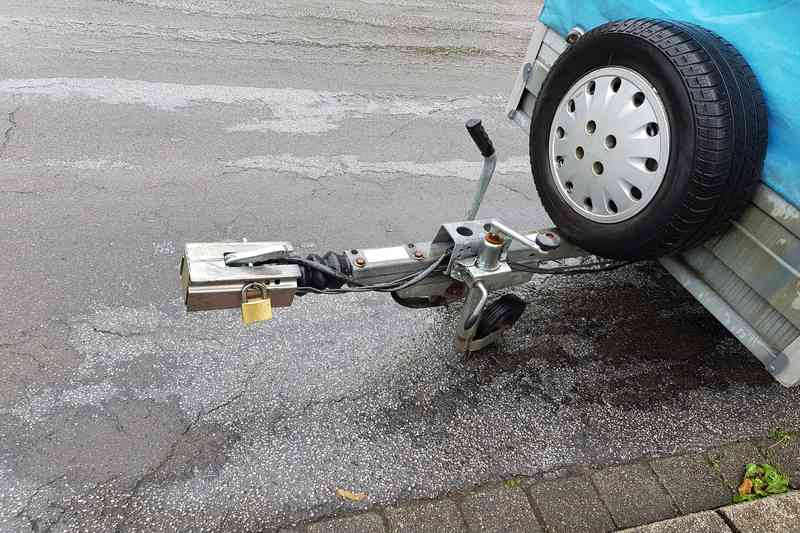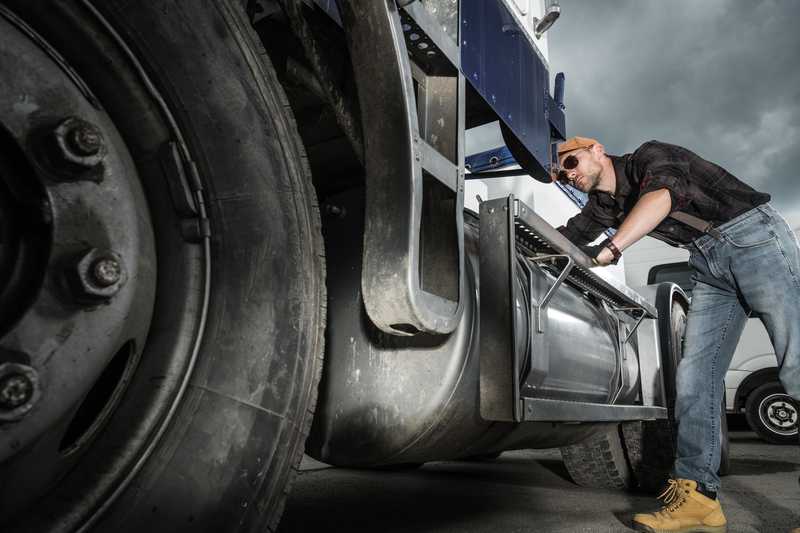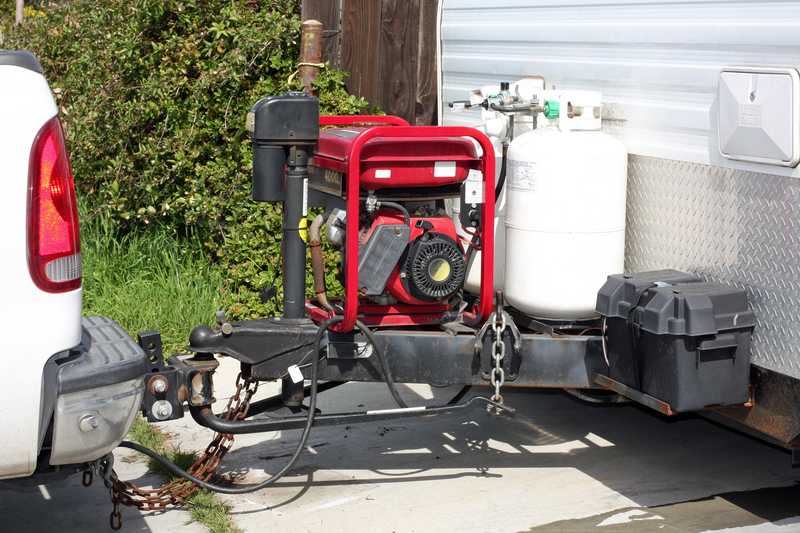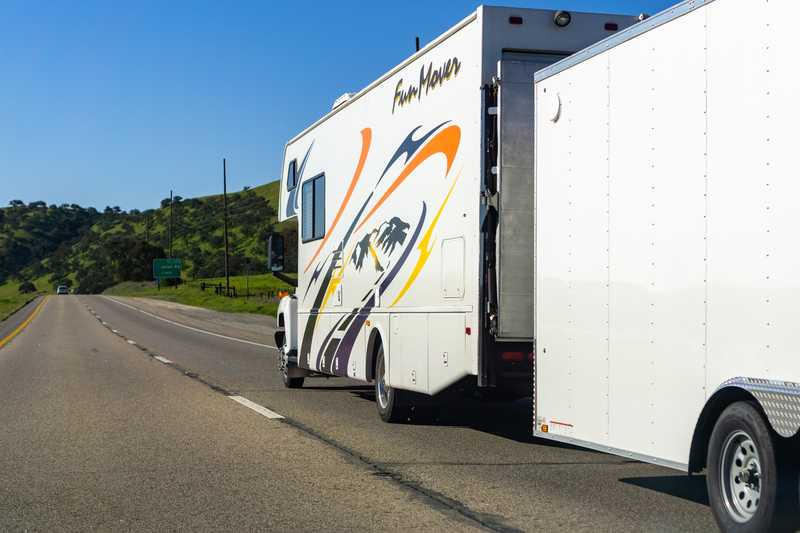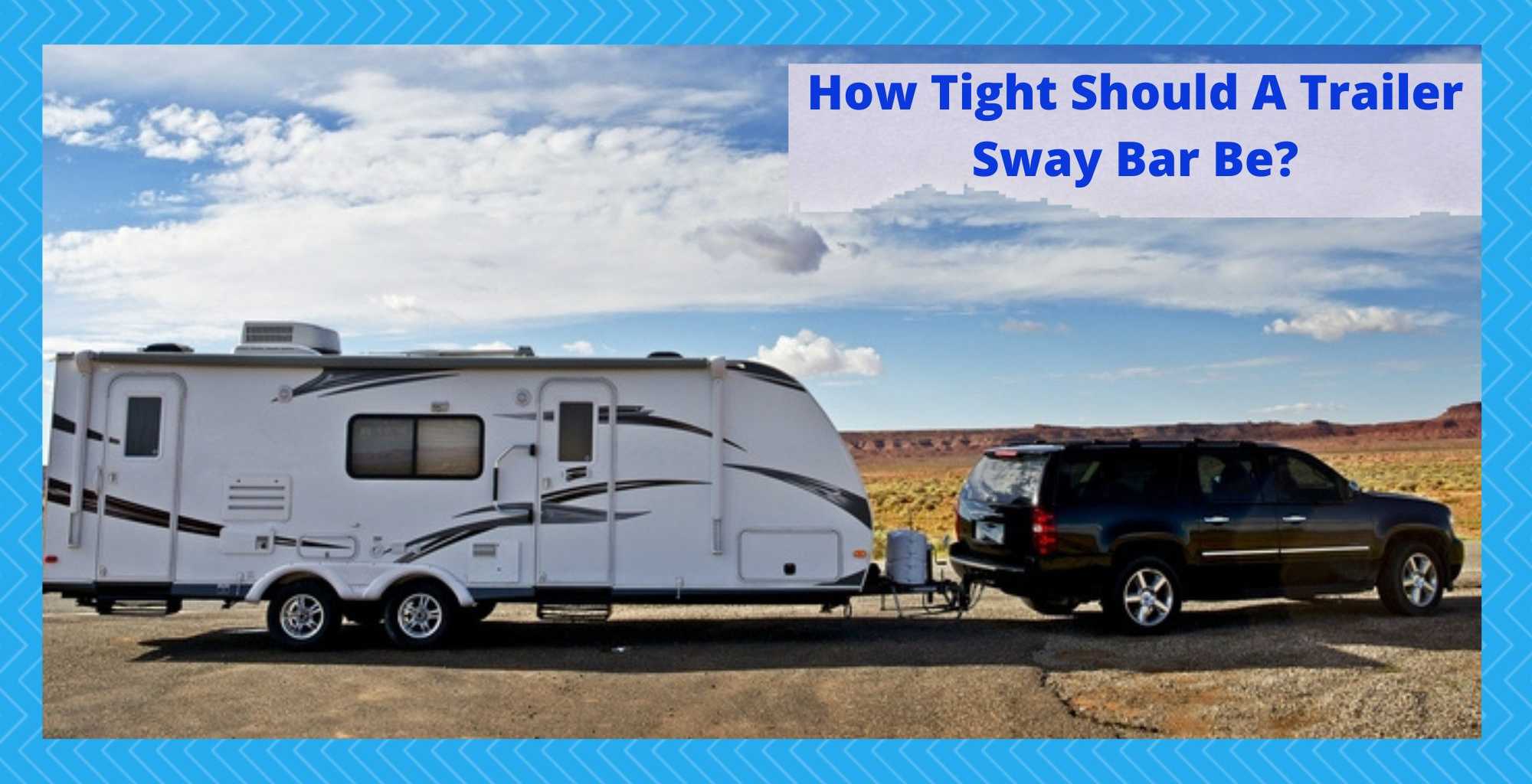
The tension of the sway bar between a trailer and a vehicle is an exceptionally important variable that must be set up accurately to ensure safety and smooth driving conditions.
However, there is an ongoing debate within the RV community regarding the most appropriate tension in particular circumstances.
This article will illustrate exactly why the installation and adjustment process is more of an art form than a strict rule that has a fixed value. Read on to fully appreciate how to make the best decision for your particular situation.
How Tight Should A Trailer Sway Bar Be?
Why is it Difficult
For such a common component, it is surprising that this topic requires such intense debate between customers and manufacturers alike.
It may be surprising due to the precise technical information usually marketed by trailer and sway bar manufacturers that take pride in their precision.
However, the debate ensues due to the bespoke nature of towing trailers and the volume of variables associated with these components. This is amplified by most manufacturers’ guidelines on how to set up their particular systems.
They also appreciate that no definite value can be set for their users as they can predict every situation for customers.
They effectively suggest all of the elements to consider during the adjustment process and explain that there will likely be ongoing adjustments depending on the driving experience.
Ultimately, this is a sophisticated process that requires attention and detail by the customer to ensure they feel safe towing a trailer with their vehicle.
Variables
The appropriate tension for a trailer sway bar can vary depending on the size and weight of the trailer, as well as the type of sway control system used.
In general, a sway bar should be tightened enough to prevent excessive movement but not so tight that it restricts the normal movement of the suspension.
There is a growing volume of trailers and sway bars available on the market. Therefore, it can be increasingly difficult to identify exactly how to adjust each configuration accurately.
Fortunately, all of the variants rely on the same principle, which makes a general understanding the most effective method of dealing with every scenario.
Additionally, beyond the differences in models and constructions, weight, road, and wind conditions require continual adjustments, which means a general approach over a fixed one is optimal.
Determining Tension
To determine the proper tension for your trailer, it is best to follow the manufacturer’s specifications.
If these are not available, you can use a measuring tape or ruler to check the tension. A common method is to measure the distance from the center of the hitch ball to the bottom of the coupler. The distance should remain constant as the trailer is rocked back and forth.
If you lack the manufacturer’s guidelines and they are not available online, then using your experience and senses is the best approach. It will require a degree of trial and error, but it will teach you the basic understanding of setting the equipment up accurately.
Importance of Tension
It is important to keep the sway bar tension adjusted correctly for safe towing. An overly tight sway bar can cause the trailer to sway or fishtail, making it difficult to control the vehicle and trailer combination.
On the other hand, an overly loose sway bar can cause the trailer to sway excessively, which can be dangerous in windy or emergency situations.
Tension effectively indicates how tightly the vehicle and the trailer are linked together. The excess of the situation will create different conditions. Be mindful that the environment the trailer will be driven in will have a huge bearing on the tension settings.
Beyond weather conditions, the road surface will also encourage a more dynamic relationship between the two sections. If it is too tight, then there is a greater chance of flipping the vehicles over undulating and uneven terrain.
Inspection and Adjustment
In addition to adjusting the sway bar tension, it is also important to regularly inspect the sway control system for any signs of wear or damage.
Worn or damaged components should be replaced immediately to ensure proper operation. The hitch ball and coupler should also be inspected regularly for proper fit and function.
Owners should not shy away from continually adjusting the tension through a long road trip. Effectively manipulating the tension to suit the changing conditions will make the driving process safer, easier, and more enjoyable.
Beware
It is crucial that the sway bar is not over tensioned. This is the best way to damage the sway bar and ball latch. Over tensioning the system can easily compromise the structural integrity of each of the components that is extremely risky, as they may fail while moving.
Additionally, too little or too tight a connection can be equally as dangerous particularly at high speeds.
Therefore, if you feel uncomfortable setting up the bar or uneasy about driving it then it is important that you listen to your gut. If possible, contact a local garage or RV dealer who should be able to help you get the system set up properly.
Conclusion
In conclusion, the proper tension for a trailer sway bar is important for safe towing. Follow the manufacturer’s specifications, or use a measuring tape or ruler to check the tension.
The distance from the center of the hitch ball to the bottom of the coupler should remain constant as the trailer is rocked back and forth. Regular inspection of the sway control system and hitch components is also important to ensure proper operation and safety.

